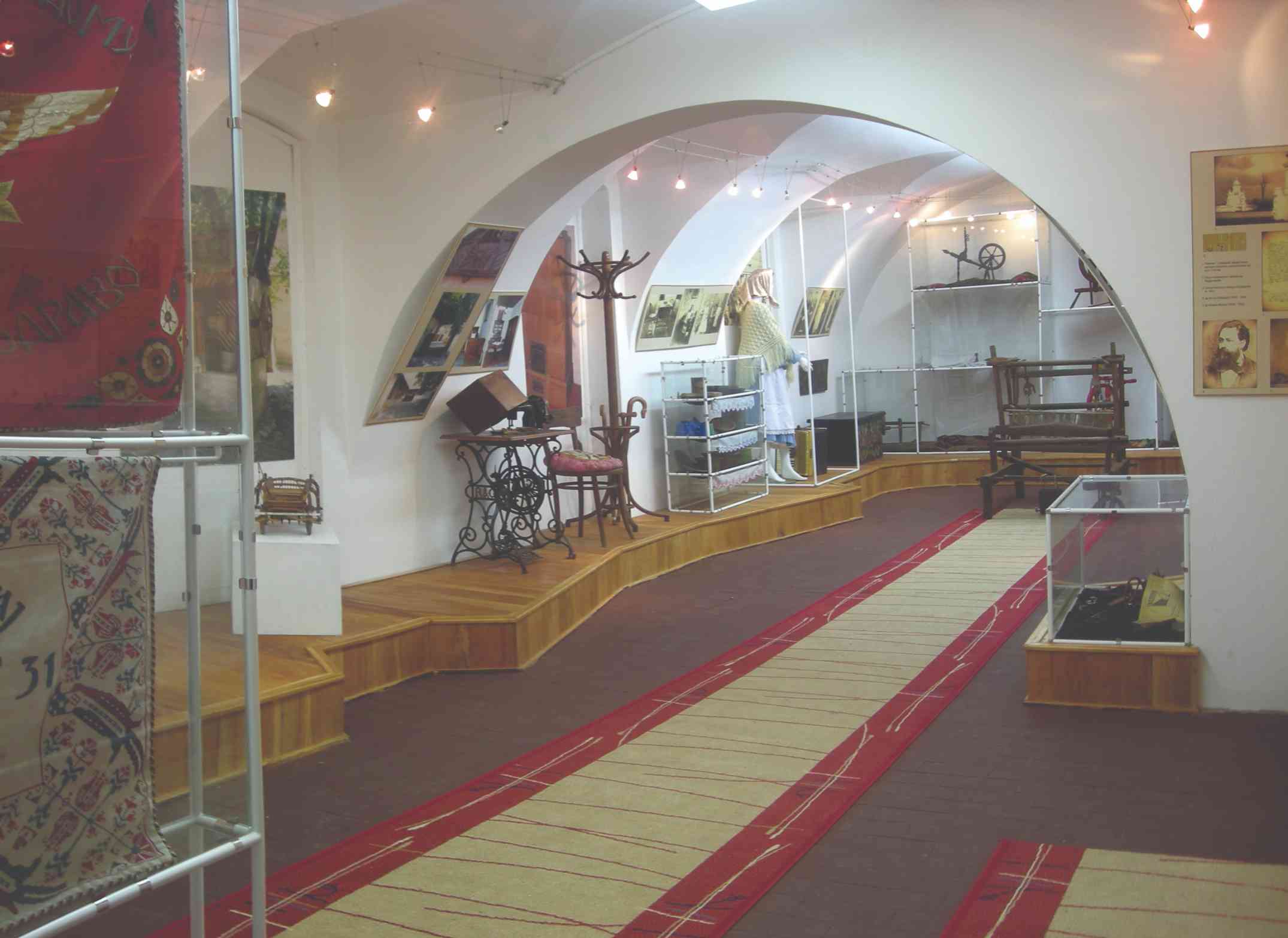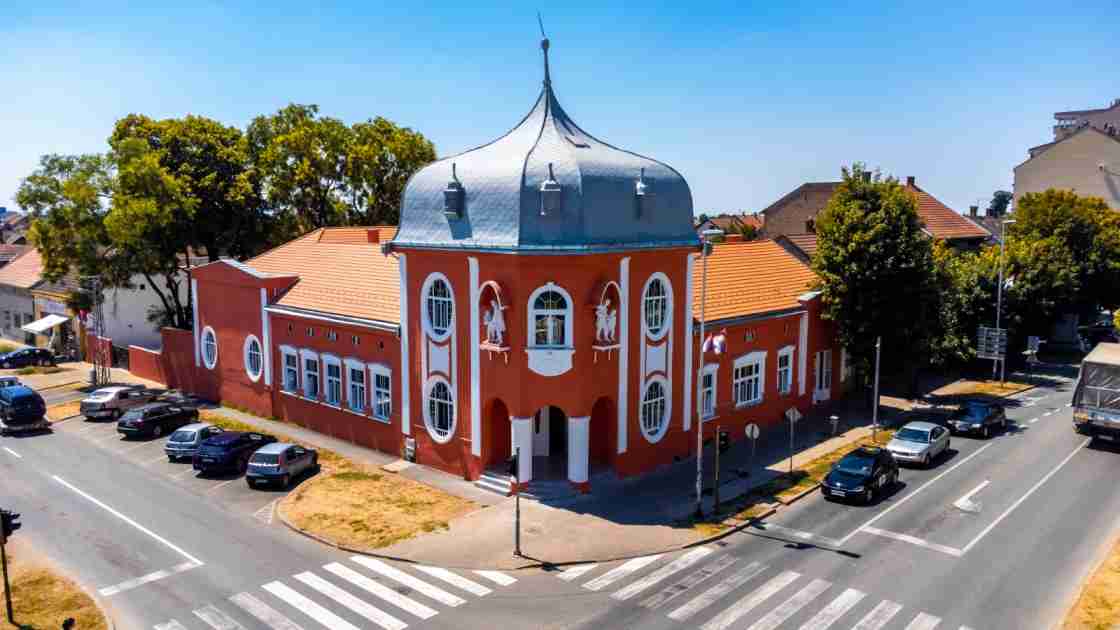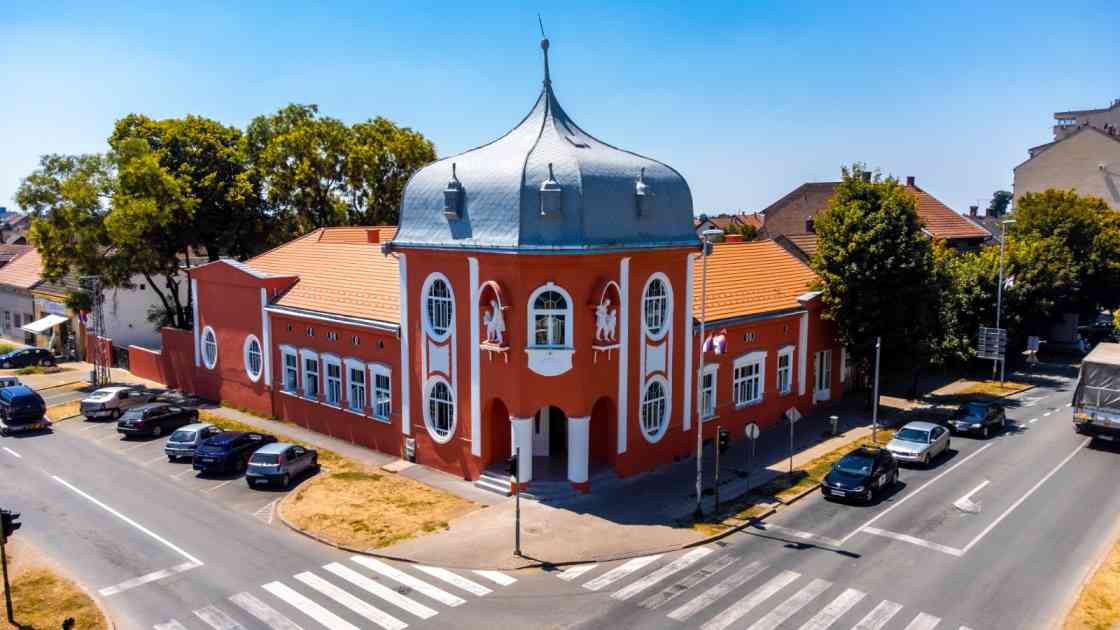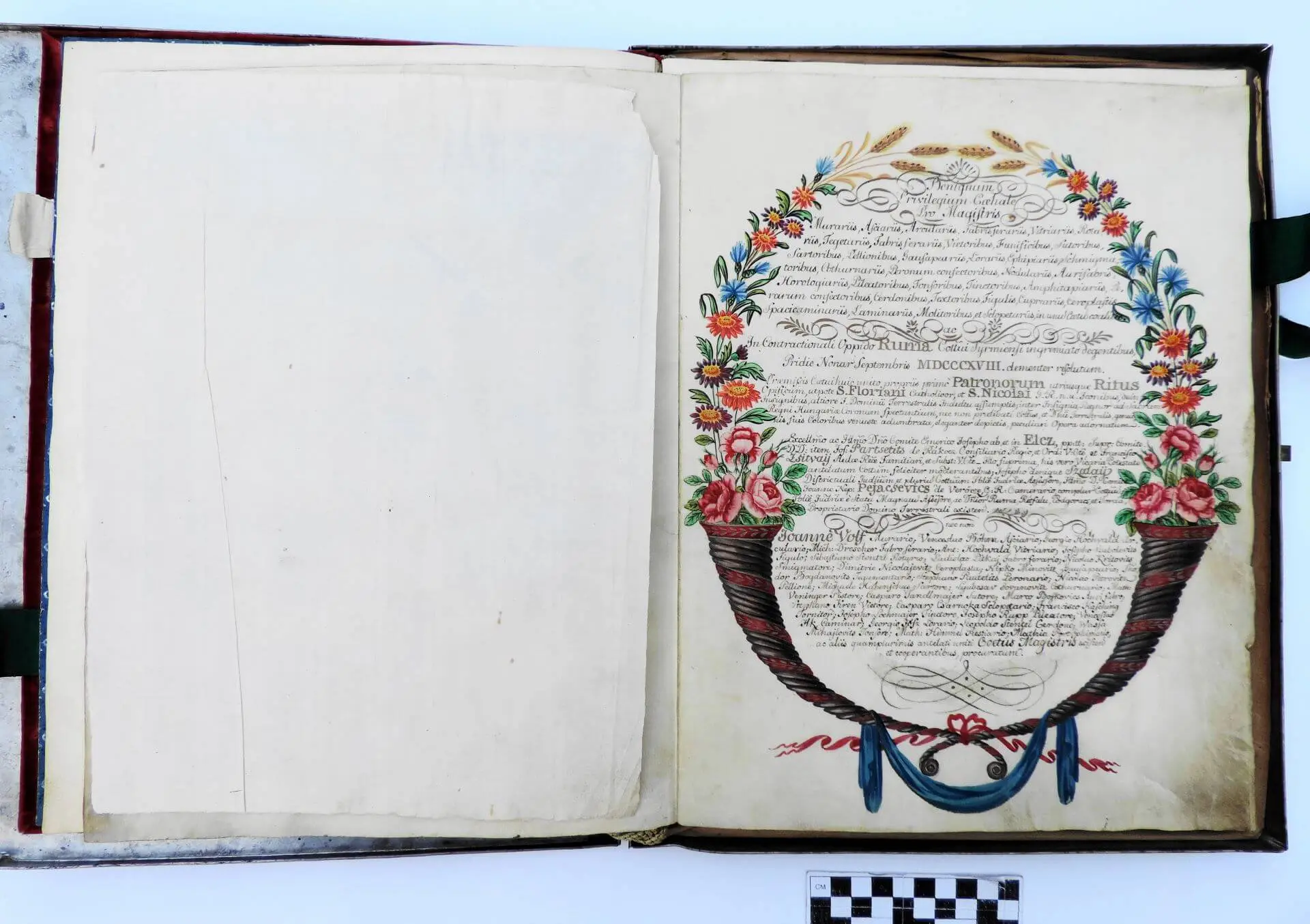Native Museum of Ruma
The native museum of Ruma is a treasure trove of history wealth of the people who lived in these areas. The museum collection consists of more than 10,000 exhibits archaeological, ethnological, historical and art department. The native museum was founded in 1962 and is located in the building built by the founder of the town, Count Marko Pejacevic in 1772 as his endowment, for the needs of middle school. The building is a unique example of "border architecture" and as an immovable cultural asset of great importance it is under the protection of the state.
The museum has about 500 square meters of useful space. On the ground floor there are archaeological, ethnological and historical exhibition and professional library with a large number of books, while there are two permanent exhibitions on the first floor of works of art Legacy of Milivoj Nikolajevic and memorial collection of doctor Roman Soretic. The art department of the museum has a memorial collection of Ruma artists Fedor Fedja Soretic and Branislav Makes and the memorial collection of the painter Milan Lajesic. Exhibitions of other artists, organization of concerts, promotions and other artistic programs. The native museum is the organizer of the Borkovac Art Colony, which is held since 1968 in the month of August, it brings together artists from all over the country, whose works are exhibited at the October exhibition when Plaque of Milivoj Nikolajevic is awarded to the most successful artist.

Cultural Center
The cultural center is a representative facility, decoration of the strict city center, center of culture and entertainment events, but also gatherings of a different kind in the city and municipality. It has a large theater hall with 704 seats, a small cinema hall with 260 seats, a large hall also suitable for various gathering events for about a hundred visitors, a meeting hall of a similar capacity, space for the works of amateur ensembles. Recently this institution is named after Brana Crncevic, a well-known Serbian writer, satirist and journalist.

JNA home
The construction of the home began in 1909. Croatian Falcon Association buys a plot of land for construction purposes. A home where all cultural and sports societies would gather in Ruma. It was built in secession style and fit into the architectural ensemble of the time. It was built with contributions from the country and abroad. It was completed in 1914.
During all these years, the building has changed its look and purpose. When it was completed, it gathered the Ruma cultural and sports associations. During the war, it served as a hospital, later, after the WW2, it became the property of the army, "JNA home", where dances were held, which the people of Ruma still remember today. It was a place that was talked about with admiration. The building never changed its exterior appearance, nor was the facade of the building renovated, but also as such always attracted the attention of every passerby. Renewal and restoration of the building based on its original appearance has begun in 2021, and from September 2022 City Library "Atanasije Stojkovic" was moved there.

CITY LIBRARY "Atanasije Stojkovic"
With the development of crafts and the creation of guilds associations, but also with the beginning of other forms of social organizing and associating citizens through national, religious and political organizations, the first created were institutionalized reading rooms, which were the center of gatherings of citizens within trade unions and national associations in Ruma. Thus, in the second half of the 19th and especially in the beginning of the 20th century numerous guild and national reading rooms were created. The first Serbian reading room in Ruma started working in 1861. The first public library whose services were available to all citizens, it was established only after the WW2, in 1949. The city library is the oldest cultural institution in Ruma. The library has over 95,000 books and has four departments: for adults, for children, the scientific department and the native collection that contains publications about Ruma and prominent individuals who are from Ruma. In the scientific department there is a valuable work "Physics" from 1803, whose author is the famous Serbian scientist and educator Atanasije Stojković, after whom the library got its name in 2011.
City library "Atanasije Stojković", according to its professional and technical skills, is an institution that successfully nurtures traditional culture values and follows modern trends in librarianship activities. It has been a full member of COBISS.SR since 2007 and since July 2010 it has been included in The COBISS/OPAC environment and all services provided to users via this service. In September of 2022, the City Library "Atanasije Stojković" moved to the national team building, the former Military Home, after which Ruma is recognizable.

GUILD CHARTER
One of the most valuable and important exhibits is the collection of documents of the Ruma Native Museum guild charter to the Ruma craftsmen of Emperor Franz I made in 1818. It represents an example of very high - quality craftsmanship - artistic work. According to the precision of the production, the aesthetic impression, the complete content and degree of preservation belongs to the very top of remaining preserved documents, especially guild charters of that period, not only in Vojvodina, but also much wider.
The charter is bound in a hard cover and coated with red plush, common for most Court documents chambers, which are decorated with gilding in the corners stylized with floral forms. On the central one, a gilded state coat of arms is applied to the position of the front cover of the Kingdom of Hungary in a wreath of wheat ears and vines with clusters. The charter consists of 16 inner parchments of sheets with protective sheets of hat paper between them. In the space between the side binding and the folded sheets a multi - twisted cord with gold threads is inserted which has a round metal gilded box at the end cover decorated with concentric borders of different geometric motifs, in which the impression of the imperial seal is in red wax. At the very beginning of the charter, the characters are painted of patron saint of Ruma artisans, Catholic craftsmen received St. Florian as their saint, Orthodox received Saint Nicholas. The rules are defined in the charter which were valid and respected in the craft industry then local multinational and multi-confessional environment. The existence of this craft charter is a true proof of Fr principle of respect for everyone, including small provincial communities on the edge of the great empire, which owned the estimated development potential for the benefit of the entire community.
